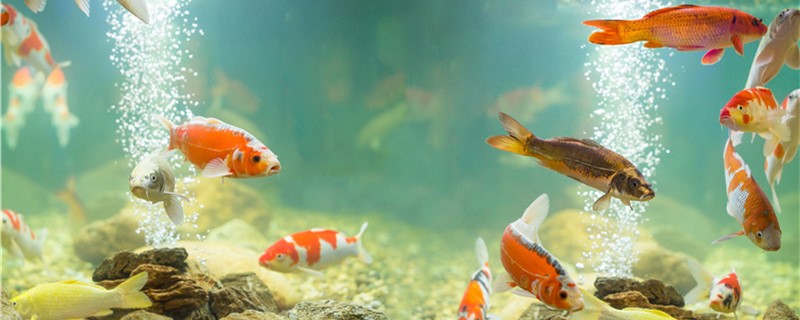
to deal with the lack of oxygen in fish ponds? Generally, there are two ways to deal with the lack of oxygen in fish ponds. The first is mechanical oxygen supplement, which can be done by circulating water injection. If the fish pond is not deep, the bottom of the pond can also be stirred, which can increase the dissolved oxygen in the water body. The second is biological oxygen supplementation, which releases oxygen through photosynthesis of aquatic plants and algae, which requires fertilization in peacetime to promote their growth and reproduction.
lack of oxygen in fish ponds? 1. The temperature is too high: the lack of oxygen in fish ponds may be due to the high ambient temperature, which leads to the rise of water temperature. The dissolved oxygen of the water body is related to the temperature, the higher the water temperature, the lower the dissolved oxygen, which will lead to a decrease in oxygen content, resulting in symptoms of hypoxia, to prevent this, it is best to shade properly in summer.
2. The density is too high: If the number of fish in the fish pond is too large and the feeding density is too high, the consumption of oxygen is far greater than the supplement, and the phenomenon of hypoxia will also occur. In view of this situation, if the oxygenation equipment is not effective all the time, it can only reduce the number of fish and control the density of fish farming.
3. Too deep sludge: Too much sludge at the bottom of the fish pond will also lead to lack of oxygen in the fish pond. There are a lot of feces and residual bait in the silt, which will consume a lot of oxygen in the process of microbial decomposition, so it needs to be cleaned regularly. It is usually necessary to clean the pond every winter, dig out the silt and disinfect the whole pond.